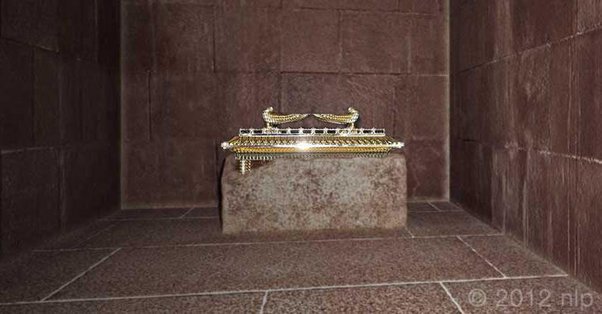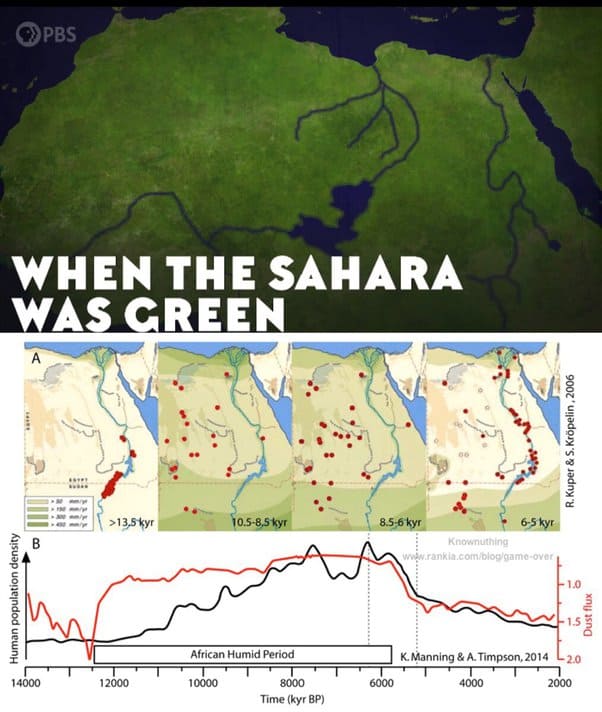Table of Contents
The theory that the Ark of the Covenant and the Great Pyramid of Giza played a significant role in the environmental and societal changes in ancient Egypt and Jerusalem involves drawing upon a combination of historical records, archaeological findings, scientific analyses, and textual interpretations.
1. Archaeological Evidence
A. Dimensions of the Sarcophagus in the King’s Chamber:
The granite sarcophagus in the King’s Chamber of the Great Pyramid has dimensions that closely match the biblical description of the Ark of the Covenant (approximately 2.5 cubits long, 1.5 cubits wide, and 1.5 cubits high). This precise match suggests that the Ark could have been housed in the pyramid.

The ark of the covenant went inside the center of the pyramid, inside the sarcophagus. There was several pyramids that had their own capacitors or ark. The white powdered gold, a monatomic isotope of gold, which soaks up energy much faster than normal matter, was placed in the ark of the covenant which would then be charged with energy in the center of the pyramid. I have so much more information that proves this, but it would take a long explanation with data to back it up. David Hudson OREM white powdered gold patent explains these exotic electrical properties of these monoatomic elements. Perhaps there are secret entrances, balanced pivoting blocks like they found, to enter. They also know that the pyramid once had the ancient fire crystals or resonators which we’re supposedly turned up too high and extracted too much energy from The ether, eventually causing the desertification of Egypt and the sinking of Atlantis possibly even the freezing of Antarctica.
Source EsotericGold.net
B. Advanced Construction Techniques:
The Great Pyramid’s construction exhibits advanced engineering techniques that surpass the known capabilities of the period’s technology. This supports the idea of an advanced civilization, possibly the Atlanteans, possessing knowledge and skills beyond those of later Egyptian dynasties.
Link: Pyramid of Thoth
2. Textual Evidence
A. Biblical Accounts:
The Bible describes the Ark of the Covenant as a powerful and sacred object, capable of performing miracles (Exodus 25:10-22, 1 Kings 8:1-9). The Ark’s ability to influence events and its central role in religious practices suggest it held significant power.
B. Egyptian Texts and Legends:
Ancient Egyptian records and legends occasionally refer to powerful objects and advanced knowledge. Texts such as the “Emerald Tablet of Thoth” speak of profound wisdom and technology, hinting at the advanced capabilities of early Egyptian civilizations.
C. Atlantean Connections:
Plato’s writings on Atlantis describe a highly advanced civilization with significant technological and spiritual knowledge. Various alternative historical theories suggest that Atlantean survivors could have influenced early Egyptian civilization, supporting the idea of advanced technological capabilities in Egypt.
3. Scientific Analysis
A. Climate Studies:
Geological and climate studies indicate a significant shift in North Africa’s climate around 5,000 years ago, marking the end of the African Humid Period. This correlates with the proposed timeline of the Ark’s removal from Egypt and the subsequent environmental changes.

B. Ancient Technologies:
Research into ancient technologies shows evidence of sophisticated engineering, astronomy, and possibly energy manipulation. For example, the alignment of the Great Pyramid with cardinal points and astronomical phenomena indicates advanced knowledge.
4. Integration of the Ten Commandments
A. Standards of Living:
The Ten Commandments, introduced by Moses, align with the concept of societal and moral guidelines rather than strict religious commands. This supports the idea that these principles were derived from earlier Atlantean standards of living, promoting harmony and prosperity.
1. Consistency with Historical Events:
The timeline of the Ark’s influence in Egypt and its relocation to Jerusalem fits well with significant historical and climatic events. The end of the African Humid Period, the decline of Egypt, and the prosperity of Jerusalem under Solomon’s rule all align with this theory.

2. Advanced Knowledge and Technology:
The presence of advanced engineering and astronomical knowledge in the construction of the Great Pyramid supports the idea of an advanced civilization (Atlanteans) contributing to its creation. This civilization’s understanding of technology could explain the Ark’s purported powers.
3. Influence of the Ark:
The Ark’s described abilities to perform miracles and its central role in religious and societal practices indicate it was more than a mere artifact. Its influence on the environment, as suggested by the theory, fits within the broader context of ancient technological capabilities.
The Origins of the Ark in Egypt
Ancient Egyptian Artifact:
The Ark was originally an Egyptian artifact, possibly associated with the high priests or the pharaohs. It was revered and kept in a sacred and secret place within Egypt.
The artifact may have had advanced technological or spiritual significance, which gave it the ability to influence natural phenomena or perform what were perceived as miracles.
Moses’ Early Life and Knowledge
Moses’ Egyptian Upbringing:
Moses, raised in the Egyptian royal household, would have had access to the highest levels of Egyptian knowledge and secrets. He might have learned about the existence and significance of the Ark during his time in Egypt.
As a member of the royal family, Moses could have developed a deep understanding of Egyptian religion, science, and possibly the Ark’s capabilities.
The Exodus and the Theft of the Ark
The Plagues and the Exodus:
Moses, realizing the power of the Ark, devised a plan to steal it from Egypt. He saw it as a divine instrument to liberate his people.
The biblical plagues could be reinterpreted as manifestations of the Ark’s power, controlled by Moses to convince Pharaoh to release the Israelites.
Theft and Escape:
During the chaos of the final plague, the death of the firstborns, Moses seized the opportunity to take the Ark and lead the Israelites out of Egypt.
The parting of the Red Sea could be explained as another display of the Ark’s power, used by Moses to ensure the safe passage of the Israelites.
4. The Ark’s Role in the Desert
Guidance and Miracles:
In the desert, the Ark continued to play a crucial role. It was used by Moses to provide guidance (pillar of cloud by day and pillar of fire by night) and perform miracles, such as providing water from a rock and ensuring victory in battles.
The construction of the Tabernacle was Moses’ way of creating a suitable housing for the Ark, ensuring its continued reverence and proper usage among the Israelites.
5. The Conquest of Canaan
Military and Spiritual Tool:
The Ark was carried into battles, where its presence was believed to bring divine favor and victory. The fall of Jericho is a prime example, where the Ark’s power was central to the Israelites’ success.
The Ark served as a tangible symbol of God’s presence and covenant with the Israelites, solidifying Moses’ leadership and the unity of the people.
6. The Fate of the Ark
Solomon’s Temple and Beyond:
The Ark eventually found a permanent home in the Holy of Holies in Solomon’s Temple. This ensured its protection and continued significance in the religious life of Israel.
The hypothetical narrative could include theories about the Ark’s eventual disappearance, such as being hidden to protect it from invaders or taken to a secret location to preserve its power.
